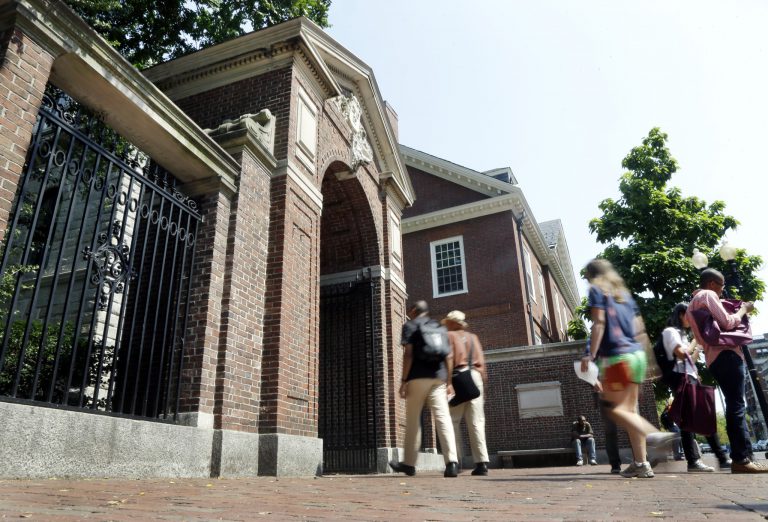
In what may not come as a surprise to anyone that’s been paying attention to higher education costs in the US lately, the country’s richest universities possess more wealth than hundreds of other colleges combined – and the gap keeps getting bigger.
The 10 richest universities in the United States account for almost one-third of the total wealth (cash and investments) belonging to about 500 institutions of higher education, both public and private. Meanwhile, the 40 wealthiest institutions hold almost two-thirds of that total, according to a new study by Moody’s Investors Service.
The credit-rating firm analyzed the financial information of 503 colleges and universities in its portfolio, and found that not only is the gap between the wealthiest universities and other institutions alarmingly large, but that it is actually continuing to widen.
The median value of cash and investments among the top 40 schools analyzed was $6.3 billion, while the median for the rest of the schools was a comparatively paltry $273 million.
Wealthy schools receive a disproportionate share of total monetary gifts given to colleges and universities, with the top 40 universities receiving almost 60 percent of all gifts given to the schools analyzed last year. This allows their assets to increase at a much faster rate than those of schools lower in the rankings, and putting them at an increasing advantage in the competition for resources, professors and top students.
“This growing gap will pose increasing competitive challenges for institutions that do not have the resources to invest in facilities, financial aid, and other strategic initiatives at the same level as their wealthier counterparts,” said Pranav Sharma, the study’s lead analyst.
The firm looked at both public and private universities in its analysis, with several public university systems appearing among the country’s wealthiest institutions.
The list of the richest private universities and colleges contained few surprises, with familiar names like Harvard, Stanford and MIT at the top. According to Moody’s, the 10 wealthiest private universities are:
- Harvard University ($42.8 billion in cash and investments in fiscal 2014)
- Stanford University ($31.6 billion)
- Yale University ($25.4 billion)
- Princeton University ($21.3 billion)
- Massachusetts Institute of Technology ($15.2 billion)
- University of Pennsylvania ($11.9 billion)
- Duke University ($11.4 billion)
- Northwestern University ($10.4 billion)
- Columbia University ($9.9 billion)
- University of Notre Dame ($9.5 billion).
Several public university systems, however, had assets to rival the wealthiest private institutions, especially in big states like California and Texas. Among state universities, the richest are:
- University of Texas system ($36.7 billion)
- University of California ($28.6 billion)
- University of Michigan ($11.5 billion)
- State University System of Florida ($9.7 billion)
- University of Virginia ($8.1 billion)
- Pennsylvania State University ($6.7 billion)
- California State University ($5.7 billion)
- Texas A&M University system ($5.0 billion)
- University of Washington ($4.9 billion)
- Ohio State University ($4.8 billion).
These schools benefit from a wide range of income sources, including investment income, monetary gifts and donations, research grants and, for public universities, state support. Because of their wealth, they can employ top investment advisers and engage in riskier (but higher-return) investments, thus further widening the gap between them and other, less wealthy schools.
Though all of the institutions studied were affected by the financial crisis, the wealthiest schools were able to weather the crash better, and rebound more quickly, than their less affluent counterparts. According to Moody’s, the total assets for the top 40 wealthiest institutions increased by 50 percent over the 2009-2014 fiscal years.
During that time, the top public universities actually had better financial performance than their private counterparts, with their assets growing by about 20 percent more than private schools. However, that advantage is unlikely to hold for much longer, said the report.
“With more states implementing tuition limits, even as state funding remains constrained, the recent credit strengthening of the financially leading publics will moderate,” the report said.







